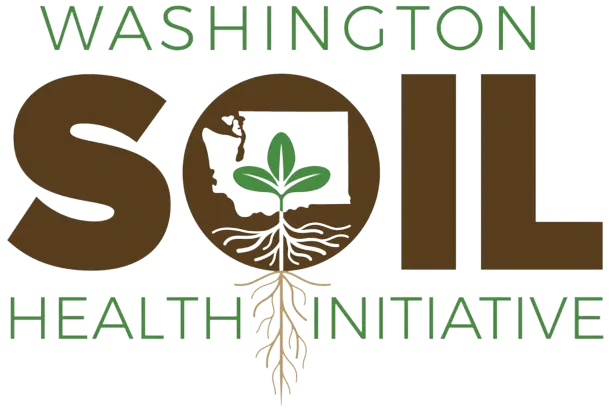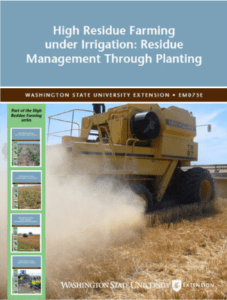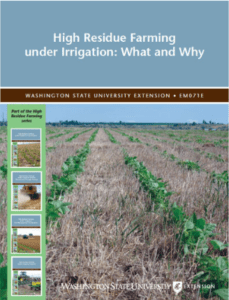Soil Compaction
Compaction results from loss of soil pore space, often due to traffic from heavy equipment, particularly when the soil is wet. The ideal amount of pore space in soil is 50% of the volume. Compaction limits root growth, as well as water storage and drainage. Controlled traffic and improved aggregate stability can help to reduce compaction.

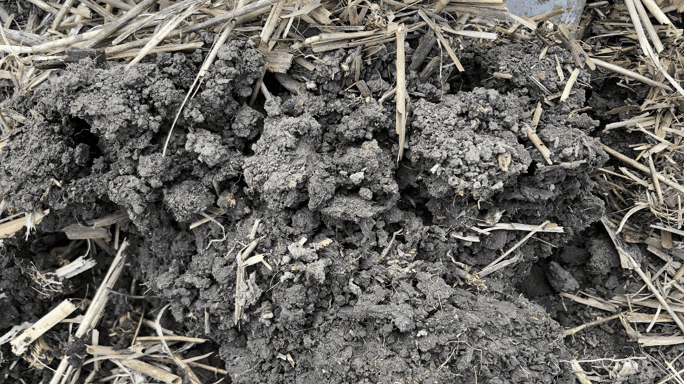
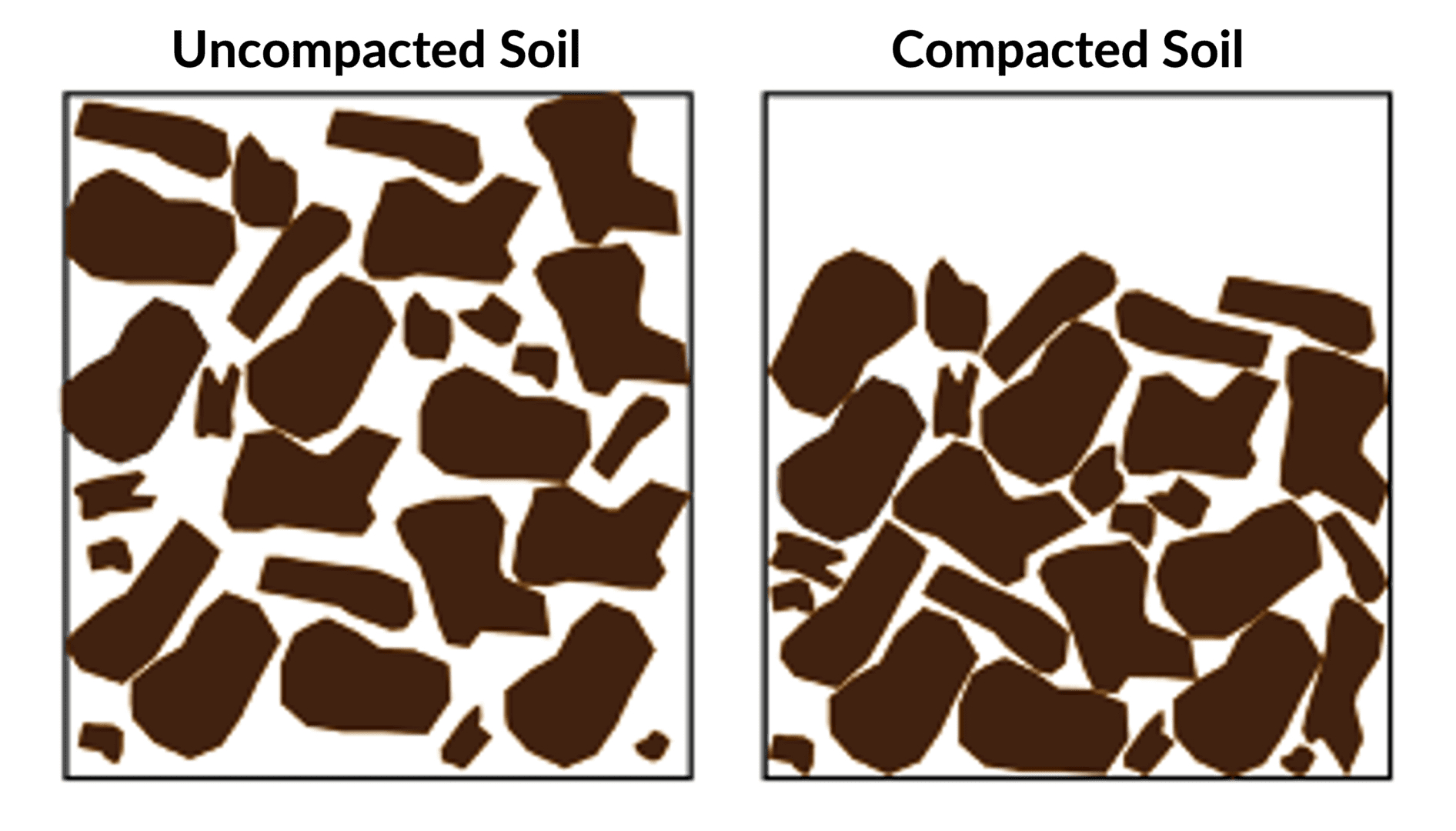
Managing Soil Compaction
Soil compaction may take many years to manage and reduce. And soil compaction will almost always be present to some degree in mechanized production agriculture. However, farm management can be focused on defending against some severe impacts of soil compaction.
How to defend against soil compaction:
- Carefully consider equipment axle load and tire pressure – when possible, minimize axle load on wet soils and use low-pressure tires
- As much as possible, avoid driving on soil when it is too wet – soils are less likely to become compacted when they are dry or frozen
- Maintain macropore networks by reducing or eliminating tillage
- Improve soil structure (aggregates) by reducing/eliminating tillage and increasing soil organic matter
- Improve soil organic matter by retaining crop residues, adding manure/compost, incorporating cover crops where possible, and reducing/eliminating tillage
Ultimately, there will likely always be some amount of soil compaction present in mechanized agricultural systems. But with careful consideration of equipment use and timing and a focus on improving soil structure and organic matter, severe soil compaction, and its negative impacts may be minimized.
References:
Upper Midwest Soil Compaction Guide. University of Minnesota Extension.

